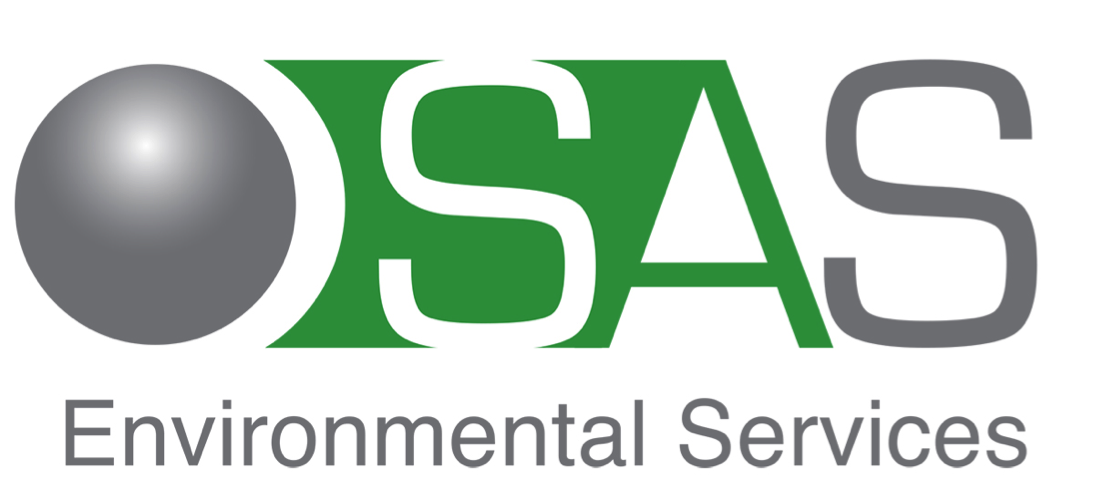"What are the available methods for the oil & gas industry to improve its environmental performance ?"
As an environmental technology provider and experts in the design and optimisation of oil waste treatment processes we have our views on what we can do to improve the industry’s performance. Let's look at the creation and treatment of drilling waste. Roughly separated into solid waste (drill cuttings) and liquid waste (slops) these materials are created in substantial volumes around the world.
A common treatment method is the use of some type of thermal system to heat the cuttings and so remove the oil and water from the solids. This leaves mostly dry cuttings and, depending on the process, mud and geology, provides some recovered oil and some emulsion slops waste. The CO2 production as a result of running a thermal system on diesel is substantial.
The SAS technology process is proven and robust and can alleviate this challenge by:
Lower the CO2 emissions of cuttings treatment by up to 65% compared to traditional methods
Lowering the environmental footprint of the MIST cuttings treatment process by making our unique chemistry from plant based and waste material derived green chemistry.
Reducing the need for generators and logistics relating to diesel movement by providing support service in running the entire MIST process from mobile solar panel units.
Using new technology and using proven technology much of the drilling waste can be eliminated. We can prevent most liquid drilling waste, or slops waste, by using our chemistry in cleaning operations. This cuts waste by over 90% and reduces the need for waste transport by OSV and truck and removes the requirement for waste treatment and disposal.
There is a lot of low hanging fruit ready to be picked and I have no doubt others in the industry can see other areas where this is the case. Becoming more environmentally responsible while reducing operating costs makes sense. Now is the time to apply what we know we can do.



